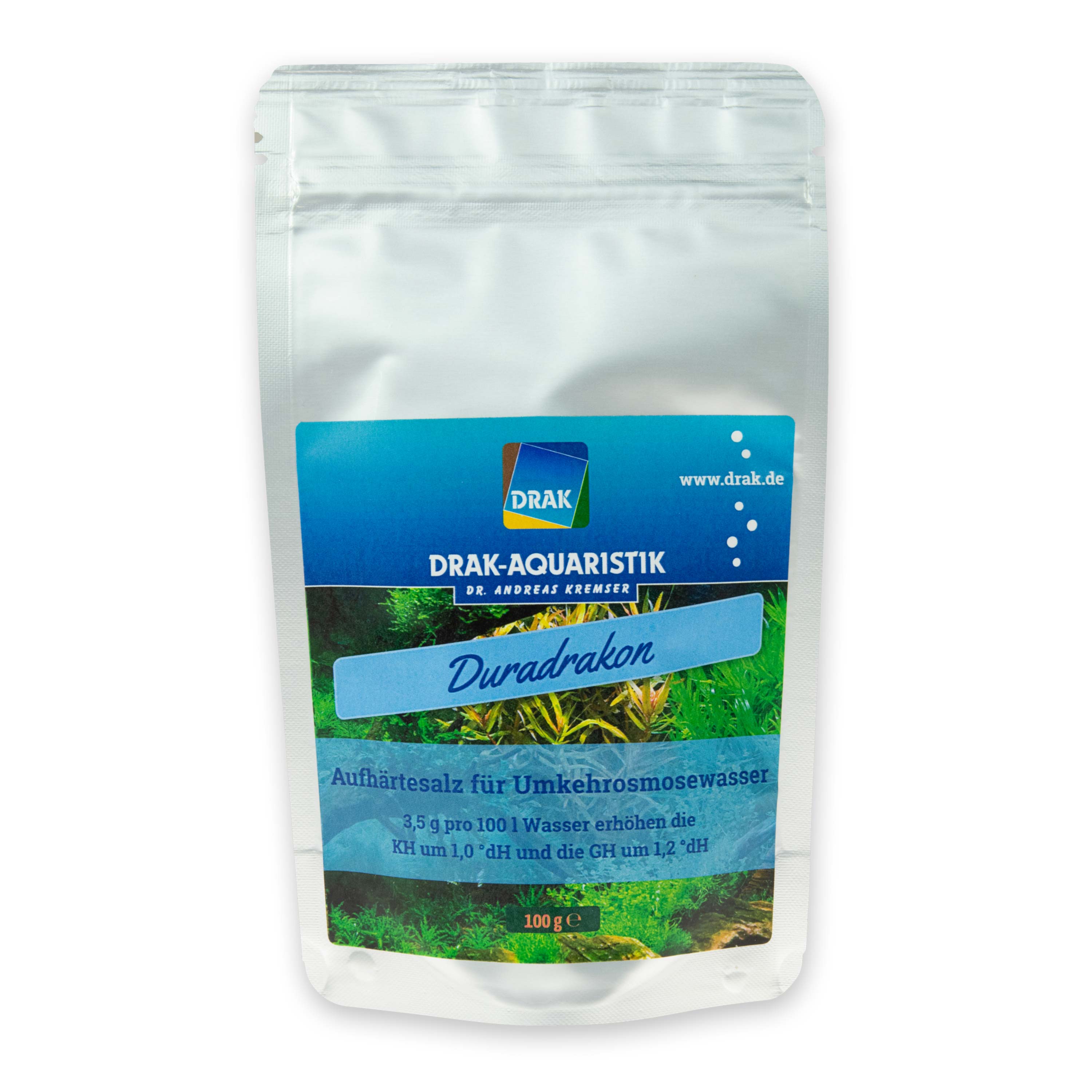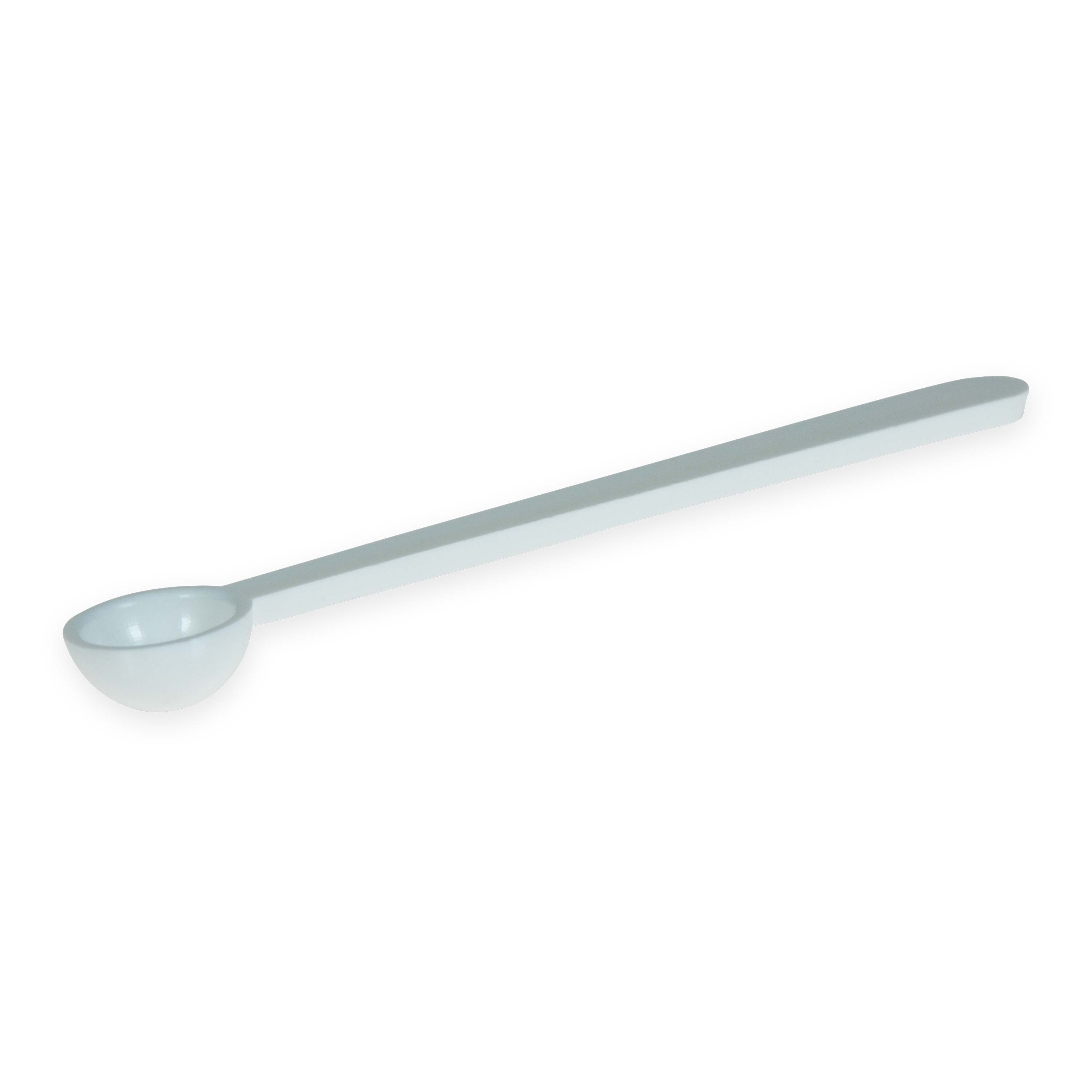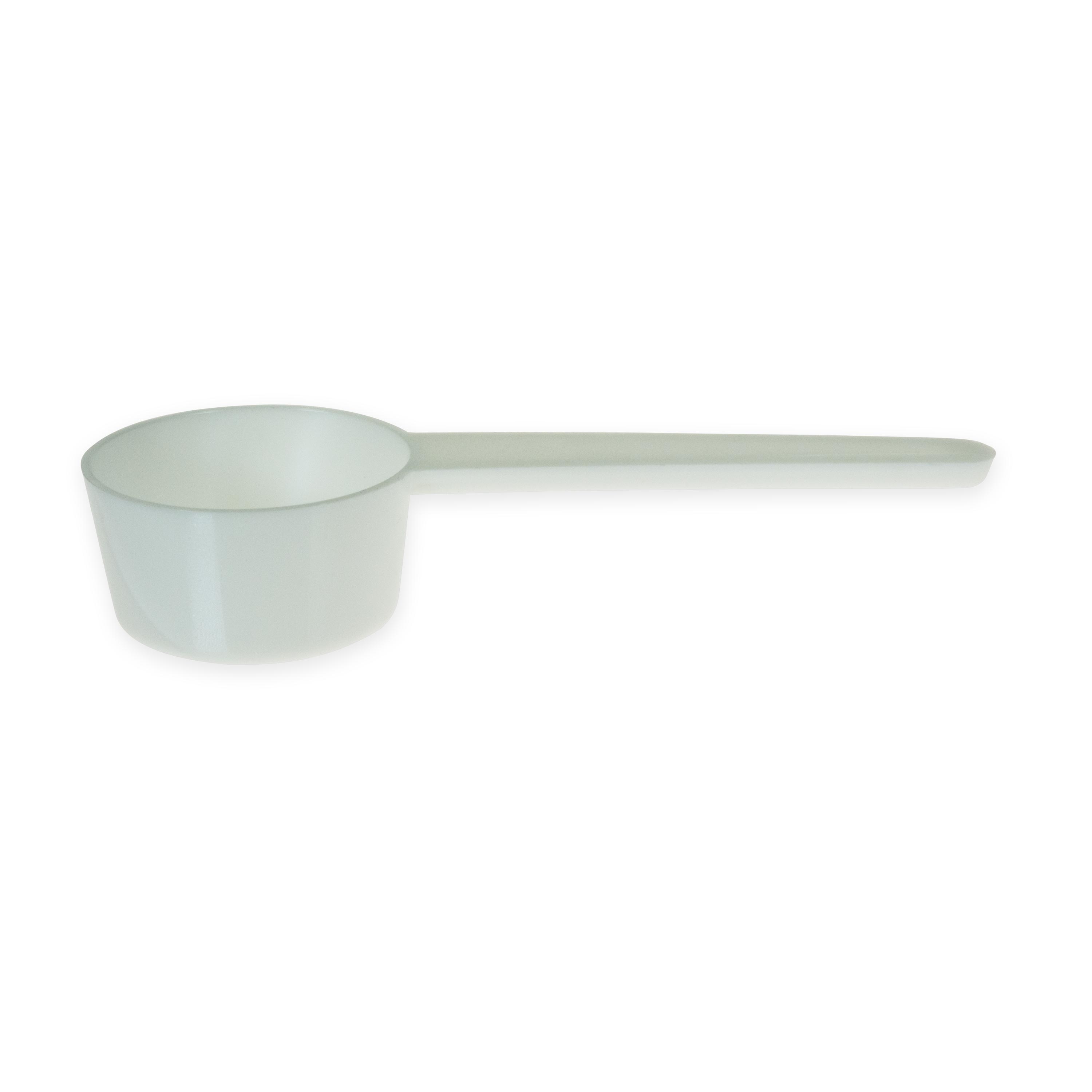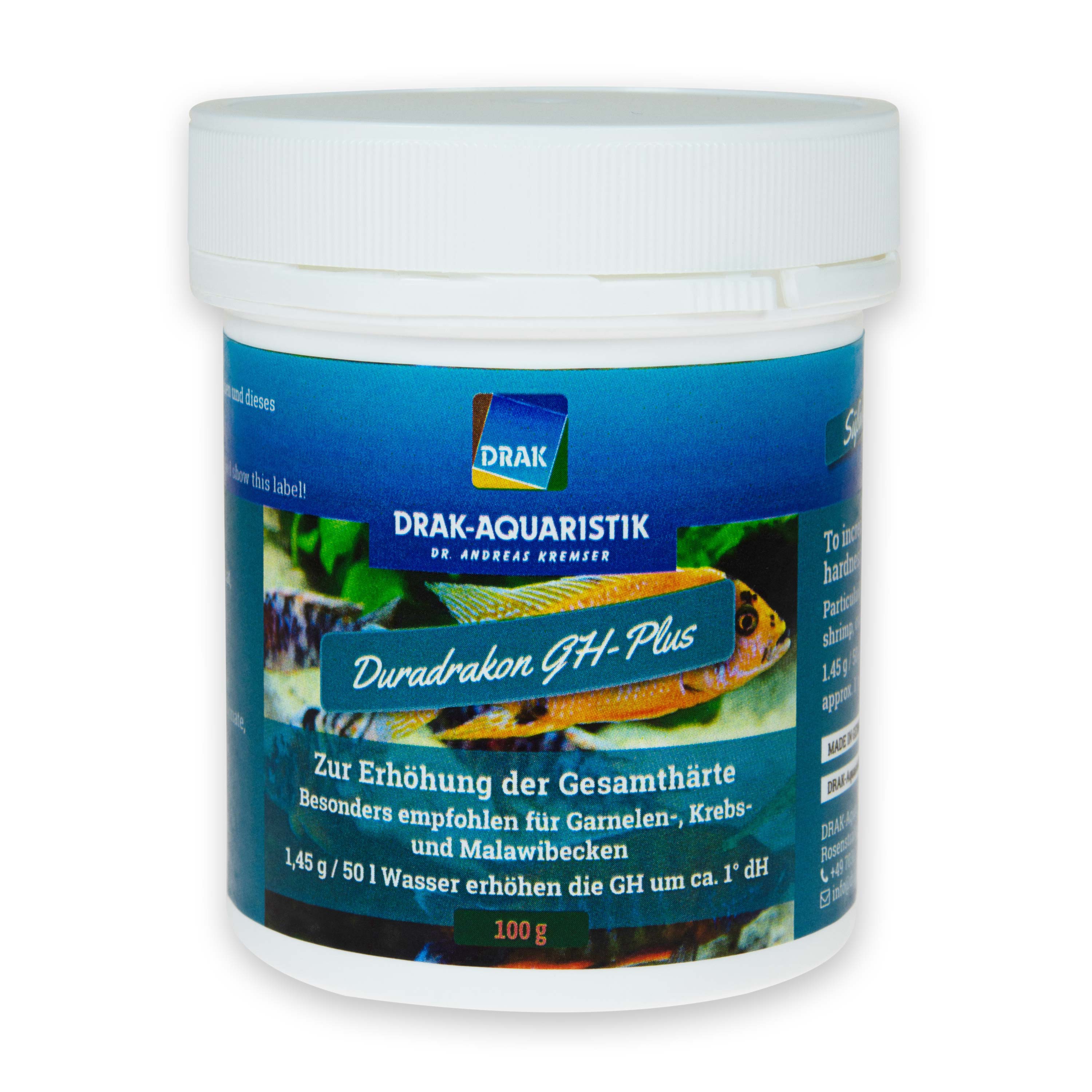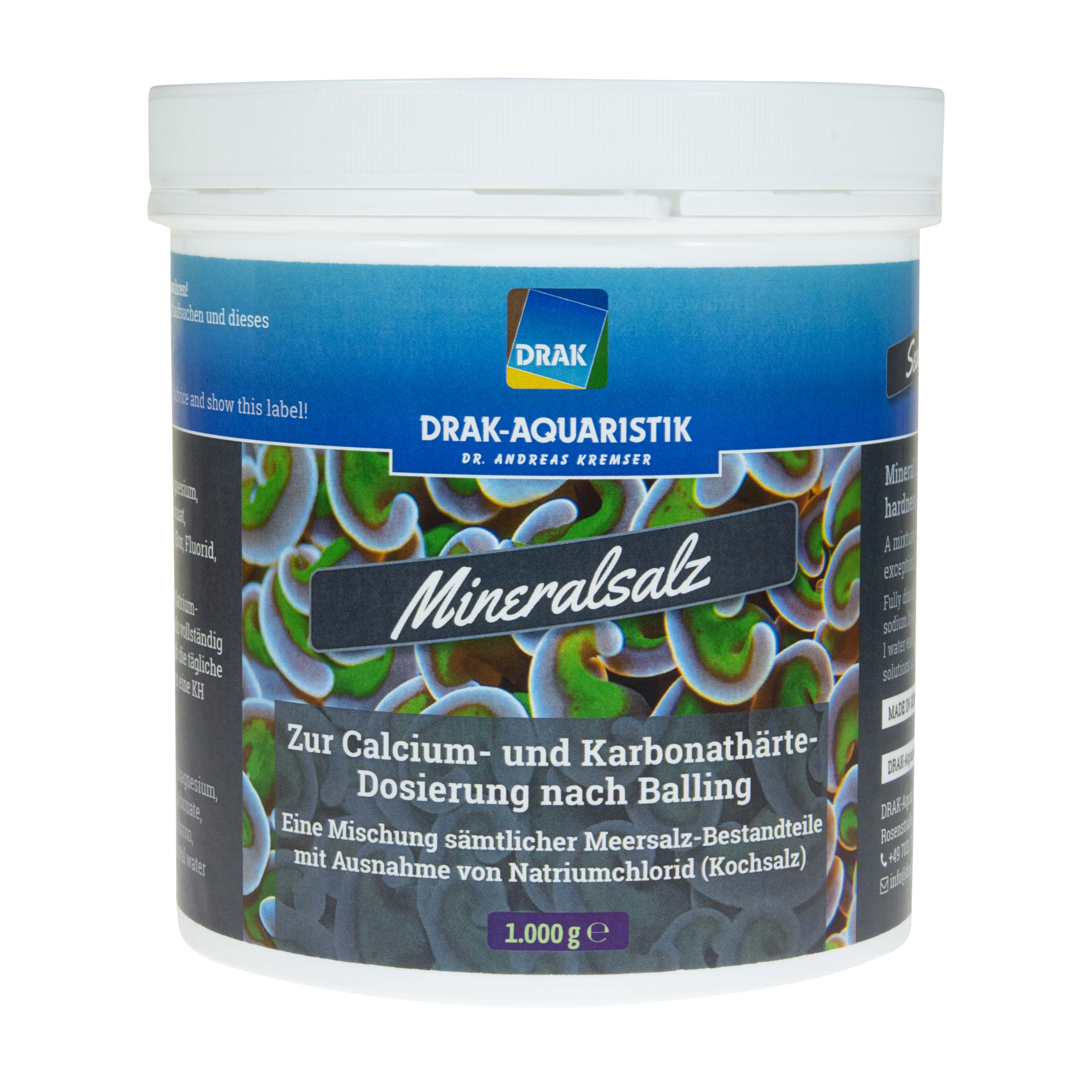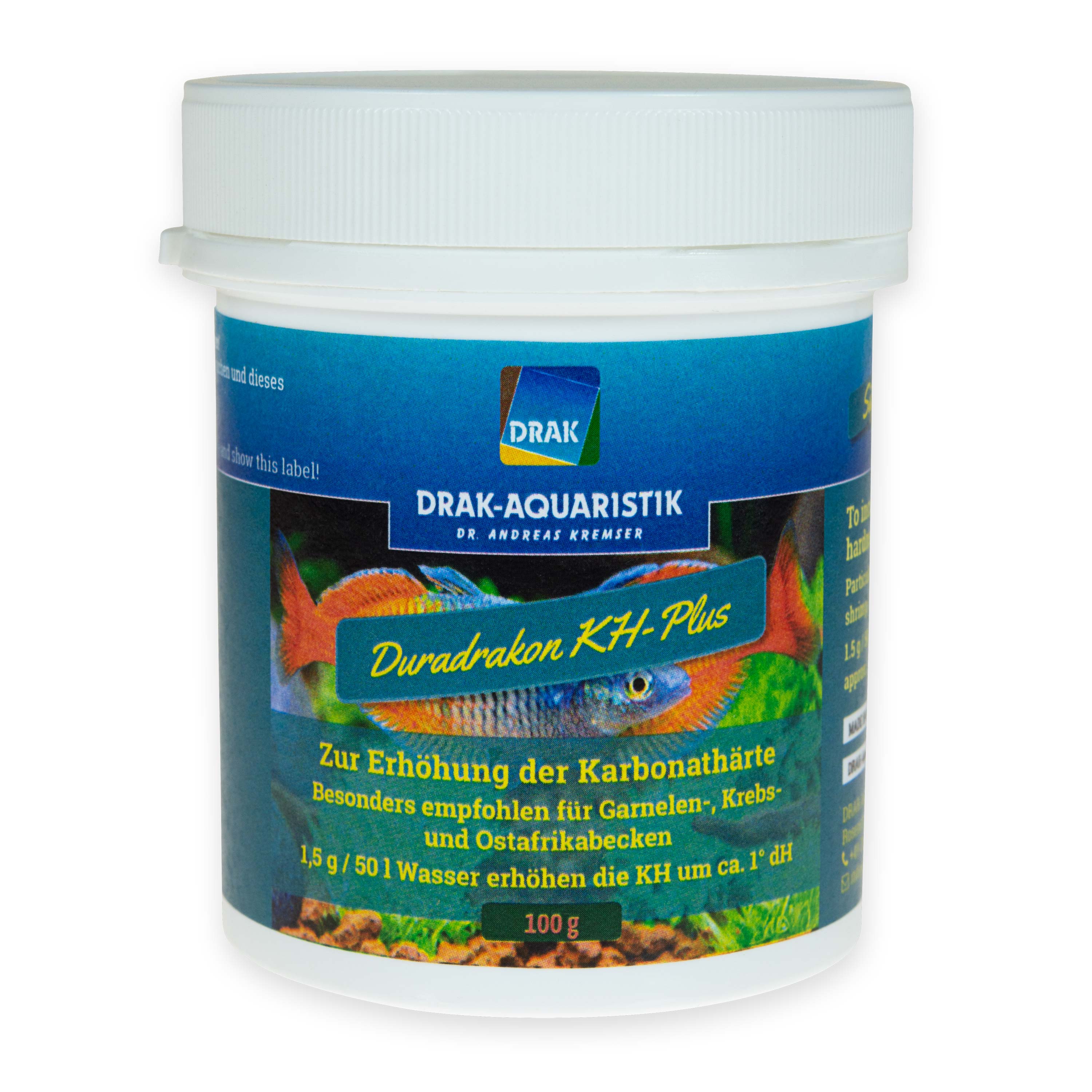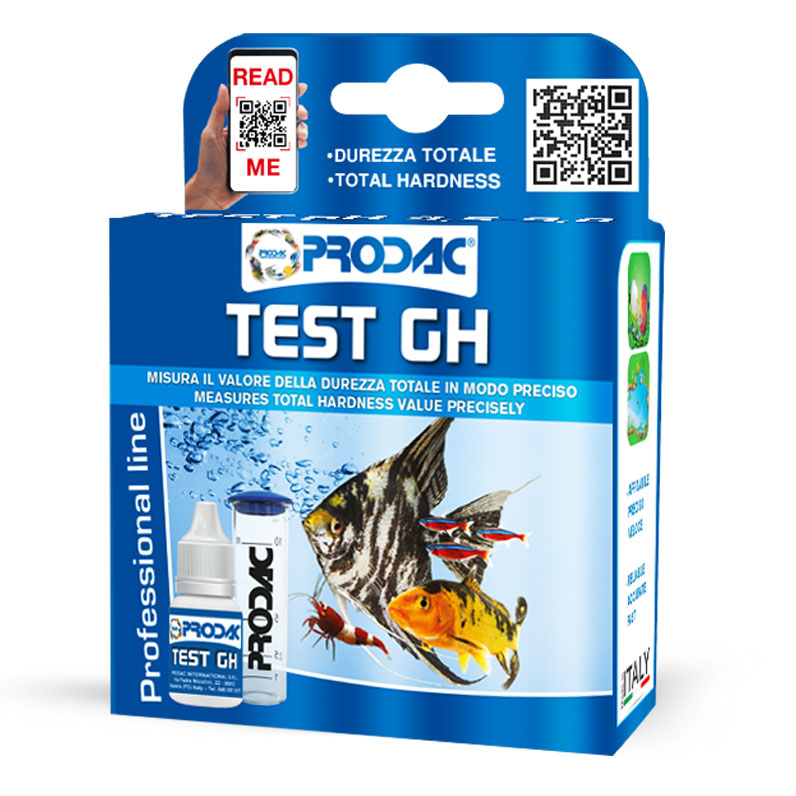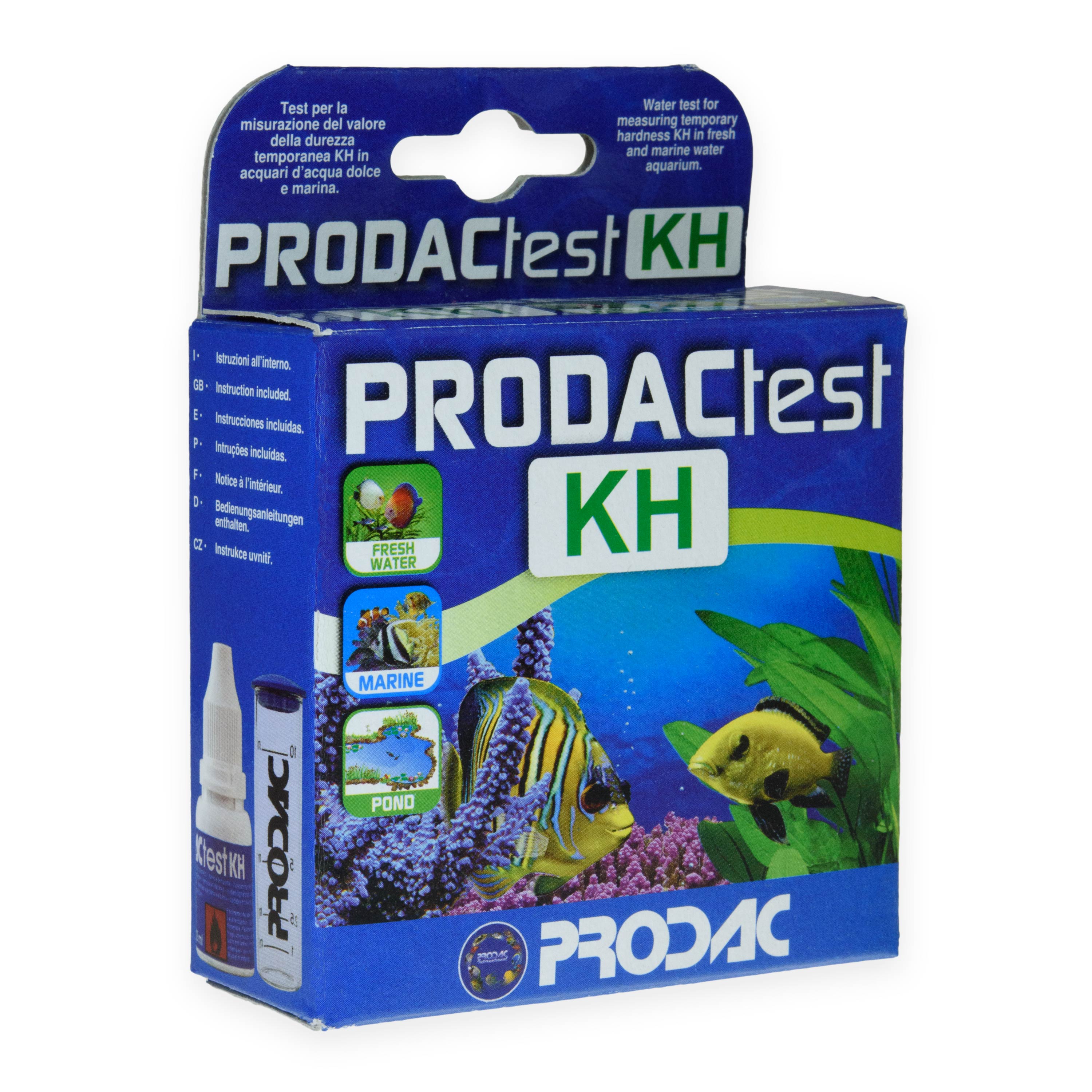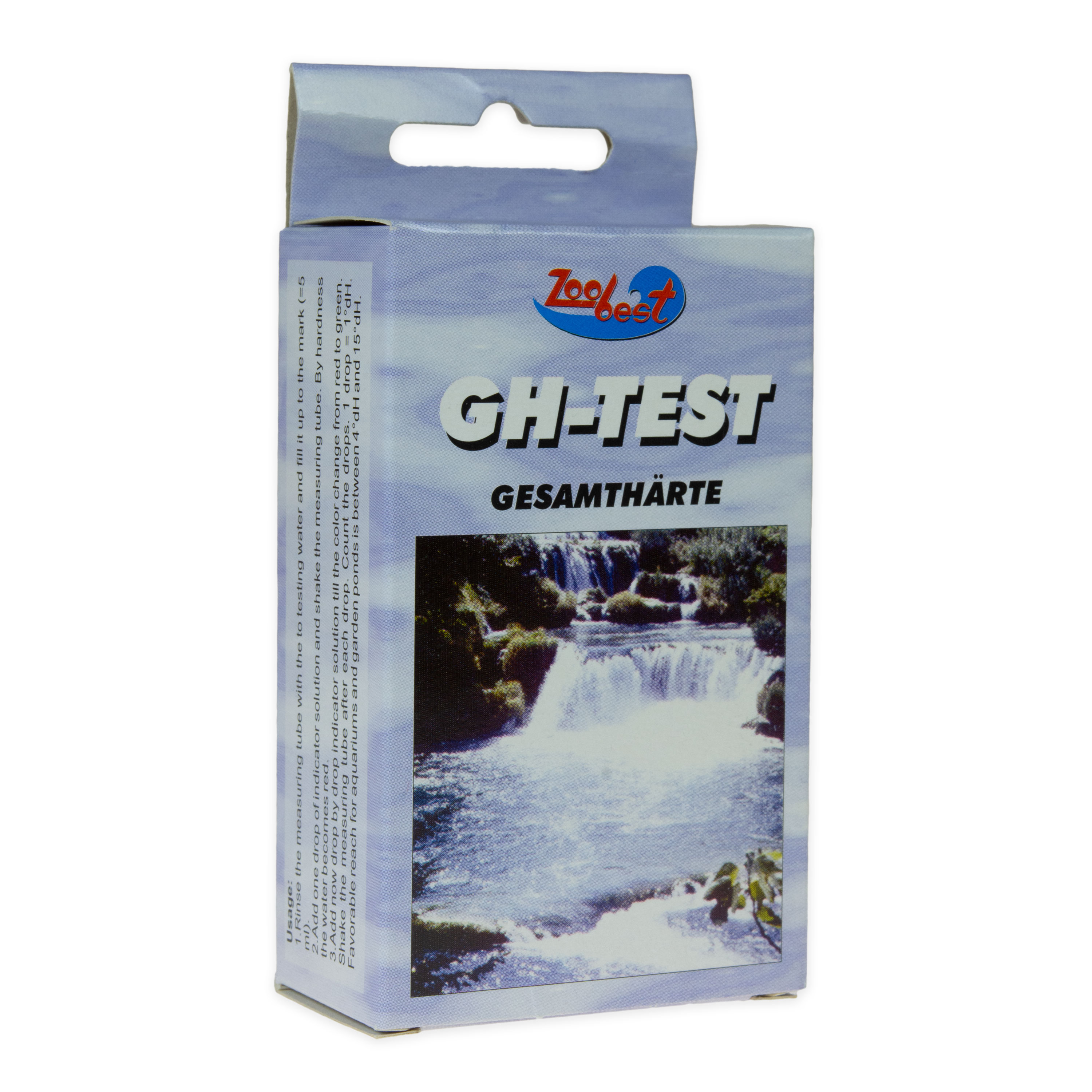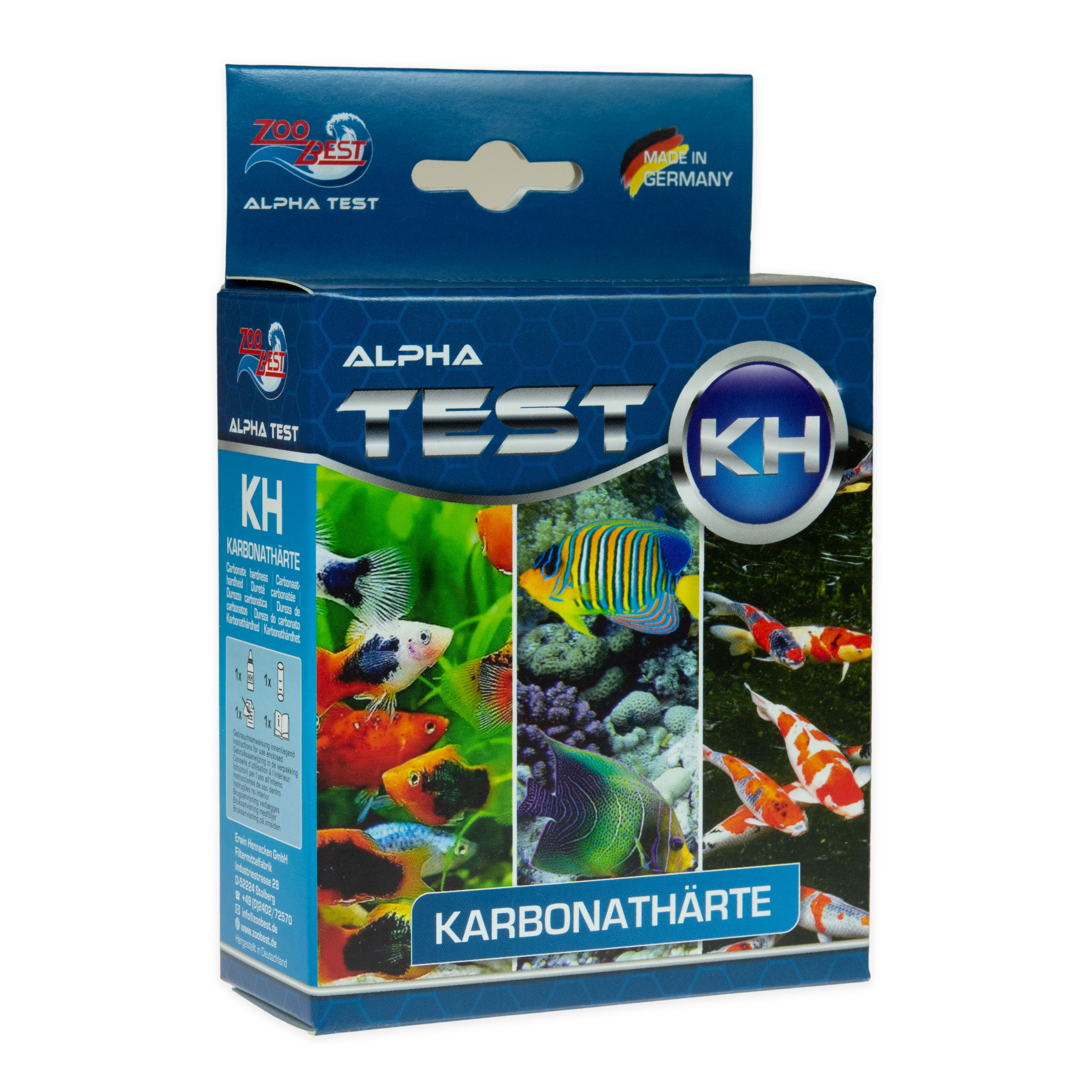€8.20*
Available, delivery time: 1-4 days
Hardener salt combination for reverse osmosis water
Pure RO water is not suitable for direct use in an aquarium, except in a few special cases (pure flow tanks, black water biotopes). The little remaining amount of minerals would be absorbed to quickly. In order to provide the right supply for fish and plants, it is therefore appropriate and correct to increase the water hardness to a carbonate hardness of 1 - 3 °dH. If you do not wish to blend in tap water (or if the tap water is not pure enough!), needs a hardener salt that provides the water with a defined amount of minerals.
- Approximately the standard ion ratio is set
- Supply with all trace elements is ensured
- No chemical tricks such as the addition of organic or acid salts are used (therefore no oxygen consumption or strange pH jumps during application)
Requirements
This hardener salt is only suitable for tank water with a sufficient amount of free CO₂ (preferably provided by a well-adjusted CO₂-device) and a pH-value significantly below 7, as otherwise some ingredients would only dissolve very slowly or not completely!
For Malawi- and Lake Tanganyika tanks, please use other hardener salt combinations.
Ingredients
22.2 % Carbonate, 17.0 % Hydrogencarbonate, 16.8 % Calcium, 12.9 % Sulfate, 9.9 % Chloride, 5.7 % Sodium, 4.6 % Magnesium, 2.1 % Potassium, 0.05 % trace elements, remnant: crystal water
At a dosage of 10 grams per 100 liters of fresh water, this is equivalent to approximately the following addition of important substances:
62 mg/l Hydrogencarbonate, 17 mg/l Calcium, 13 mg/l Sulfate, 8 mg/l Chloride, 6 mg/l Sodium, 5 mg/l Magnesium, 2 mg/l Potassium
Dosage
3.5 g salt combination / 100 l osmosis water produce 1.0 °dH CH or 1,2 °dH TH respectively
2.9 g salt combination / 100 l osmosis water produce 0.8 °dH CH or 1.0 °dH TH respectively
Common measurements
- Level teaspoon: 1.6 g
- Heaped teaspoon: 6.4 g
- 5 ml measuring spoon (as found in medicine packs): 2.9 g
Application
The heavy soluble calcium carbonate contained in the mixture, dissolves itself by using CO₂ to convert itsself into the form of soluble calcium hydrogencarbonate (it disintegrates into CO₂ and calcium carbonate during drying, which is why it only exists dissolved). The more available free CO2 that is provided, as well as the lower that the pH-value is, the faster that this process can progress.
By pH 6.0 this process can complete in a matter of minutes, especially when a controlled CO₂ system is in operation, but if the pH-value is a little under the neutral point and when relatively low CO₂ is present in the water, the process can however then take a some hours.
The short lived water “clouding” is in no manner damaging for fish or plants.
One can also dissolve Duradrakon through strong water circulation in an external water preparation container before performing the exchanging water.
When neither the first nor the other method is practically possible then it is however also possible to apply the very easily soluble mixtures Duradrakon CH-Plus and Duradrakon TH-Plus, though there is a slightly increased complete-salt content.
Login
16 November 2017 13:50
Ein hervorragendes Produkt, we...
Ein hervorragendes Produkt, welches dem Wunsch eines Aquarianers voll entspricht.
29 February 2004 12:35
Es bietet die Möglichkeit UO-W...
Es bietet die Möglichkeit UO-Wasser ganz genau auf eine passende Härte zu bringen. Eine Wassertrübung durch das Härtesalz ist normal und dauert bei richtiger Filterung ca. 15min. Kleiner Tip : Duradrakon in sehr kohlensäurehaltigen Mineralwasser "vorlösen" und dann mit dem UO-Wasser mischen. Auch eine Temperatur von über 20°C ist beim Lösen hilfreich.
20 July 2014 21:31
Ich benutze für Osmosewasse. S...
Ich benutze für Osmosewasse. Sehr gute Produkt.
1 March 2006 17:52
Ich verwende nur Osmosewasser ...
Ich verwende nur Osmosewasser für den Wasserwechsel. Zur Remineralisierung habe ich bisher ein Produkt eines namhaften Herstellers verwendet. Die damit erzeugte Leitfähigkeit passte so gar nicht zur erzeugten Gesamthärte. Da sind wohl Chloride in Hülle und Fülle drin. Es war von Leitwert her alles andere als Weichwasser.Für die letzten Wasserwechsel habe ich Duradrakon eingesetzt. Die Leitfähigkeit passt zur erzeugten KH und GH. Ein paar Chloride müssen ja auch drin sein. Das Ganze ist auch reproduzierbar. Das was bei der Dosierung angegeben ist, erzeugt auch beim vierten Einsatz die gleichen Werte. Das konnte ich vom Vorgängerprodukt nicht behaupten. Da lagen die Schwankungen schon mal bei gemessenen 200 - 300 Prozent. Das lässt auf eine schlechte Mischung schließen. Mein Fazit: damit lässt sich Osmosewasser gezielt aufhärten ohne dass es gleich wieder den Weichwassercharakter verliert. Der ph-Wert bleibt auch bei einer KH von 1-2 erstaunlich stabil.
10 February 2015 20:58
Aufhärtung von Osemosewasser...
Aufhärtung von Osemosewasser
15 January 2020 12:34
Gutes Produkt, halt Qualität von DRAK
Seit ca. zwei Monaten nutze ich zum wöchentlichen Wasserwechsel (60%) ausschließlich nur noch Osmose Wasser. Aufgehärtet wird mit Duradrakon, 8g auf 75ltr.. Das Salz ist nach ca. einer Stunde vollständig gelöst und das Aquarienwasser wieder klar. Sicher gibt es auch Salz zum kleinen Preis, aber mit Duradrakon bekommt man die gewohnte hohe Qualität von DRAK. Benutze in meinen Becken auch Eudrakon N, Eudrakon P und Kramer Drak, und sie laufen richtig gut. Bei DRAK hat man immer eine genaue Inhaltsangabe auf den Produkten. Die Lieferzeit ist unschlagbar.
4 June 2013 14:01
Ich verwende das Prudukt zum a...
Ich verwende das Prudukt zum aufsalzen meines VE Wassers.
10 March 2015 07:30
Sehr gut ...
Sehr gut
7 July 2020 09:18
Sehr gute Qualität
Man kann damit genau auf die gewünschte Härte das Wasser aufhärten
3 October 2013 09:22
Für meine Diskusfische...
Für meine Diskusfische
Enquiry form
Send us an e-mail. We look forward to hearing from you.



